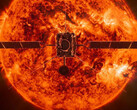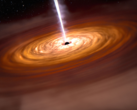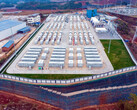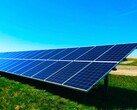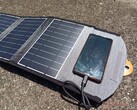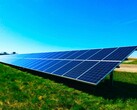Clean energy from space - it sounds like science fiction, but the OHISAMA project from Japan Space Systems (JSPACE) has been in progress since 2023 and is now a significant step further. The initiative, which is funded by the Japanese government, is based on intensive research. A small solar installation in space, which is connected to a satellite, is intended to 'beam' solar energy. OHISAMA could lay the foundation for a climate-neutral energy future with this project.
The key advantage? While terrestrial solar farms are weather-dependent, this orbital solution provides constant energy generation - including nighttime operation. With applications ranging from residential power to emergency relief and off-grid locations, the technology promises to redefine global energy infrastructure.
The satellite for the future test run is the size of a washing machine and weighs just 180 kg. It orbits the earth at an altitude of 400 kilometers and is equipped with a 2 square meter solar panel and a storage unit.
The harvested energy will be transmitted as GHz-range electromagnetic waves to the ground station in Suwa, Japan. A 600-square-meter array of 13 receiving antennas will capture and reconvert the radiation into usable electricity. Initial tests aim to transmit just 1 kilowatt - roughly enough to run a coffee maker or dishwasher for one hour.
This mission marks a decisive step towards space-based solar power plants that provide clean energy regardless of the earthly weather.
- Koichi Ijichi, Consultant at Japan Space Systems
Challenges: Precision of solar energy transmission
One major hurdle is accuracy: in future, the microwave radiation is to hit a 40-kilometer (25-mile) wide receiver field at 28,000 km/h (17,400 mph), which is equipped with antennas five kilometers apart to supply households with electricity on a larger scale. Researchers dispel concerns about safety with a comparison: the radiation density is at the level of sunlight.
You could walk through the beam - the risk of sunburn would be higher than the risk of microwave damage.
- Sanjay Vijendran from ESA (The European Space Agency)
Future large-scale geostationary systems could deliver up to 1 GW - sufficient to power hundreds of thousands of homes. However, initial testing must first validate the precision of ground station reception and energy conversion efficiency.
Complementary experiments are underway, including December 2024's milestone: the world's first long-range wireless power transmission demonstration. Researchers used an aircraft-mounted microwave transmitter at 7 km altitude to convert and beam electricity as radio waves to a ground station. Additional details are available in the video below.





